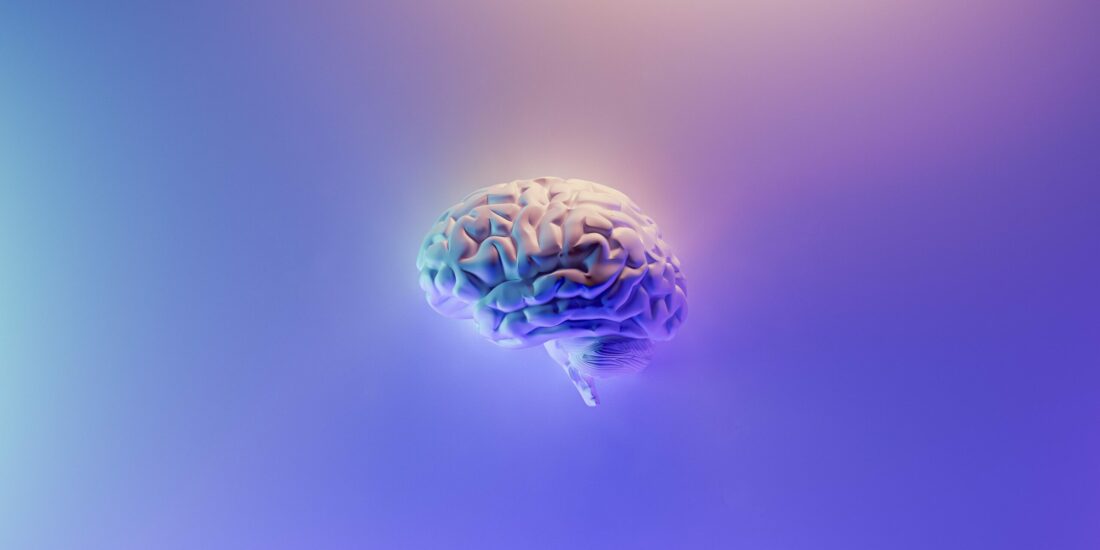Sigma-2 Receptor—A Potential Target for Cancer/Alzheimer’s Disease Treatment via Its Regulation of Cholesterol Homeostasis
By Kai Yang, Cheng Zeng, Changcai Wang, Meng Sun, Dan Yin, and Taolei Sun Excerpt from the article published in Molecules 25, no. 22: 5439, 2020 https://doi.org/10.3390/molecules25225439 Editor’s Highlights Recently transmembrane protein 97 (TMEM97) was identified as a sigma-2 receptor identity using mass spectrometry after affinity purification from the liver. TMEM97/sigma-2 receptor forms a trimeric complex […]
Continue ReadingTargeting cellular senescence based on interorganelle communication, multilevel proteostasis, and metabolic control
By Maria Cavinato, Corina T. Madreiter-Sokolowski, Sabrina Büttner, Markus Schosserer, Werner Zwerschke, Sophia Wedel, Johannes Grillari, Wolfgang F. Graier, and Pidder Jansen-Dürr Excerpt from the article published in The FEBS Journal, 17 November 2020, DOI: https://doi.org/10.1111/febs.15631 Editor’s Highlights Aging is a complex process driving progressive decline of functionality and regenerative potential of tissues. During aging, […]
Continue ReadingThe Sigma 2 receptor promotes and the Sigma 1 receptor inhibits mu-opioid receptor-mediated antinociception
By Sánchez-Blázquez, P., Cortés-Montero, E., Rodríguez-Muñoz, M. et al. Excerpt from the article published in Mol Brain 13, 150 (2020). https://doi.org/10.1186/s13041-020-00676-4 Editor’s Highlights σ2R is essential for the antinociceptive effects of exogenous and endogenous ligands of MOR but not for the antinociceptive effects of other families of G-receptors that also mediate analgesia, such as DOR, CB1R and α2AR. […]
Continue ReadingSigma-1 Receptor Engages an Anti-Inflammatory and Antioxidant Feedback Loop Mediated by Peroxiredoxin in Experimental Colitis
By Nikoletta Almási, Török Szilvia, Zsuzsanna Valkusz, Máté Tajti, Ákos Csonka, Zsolt Murlasits, Anikó Pósa, Csaba Varga, and Krisztina Kupai. Excerpt from the article published in Antioxidants 9, no. 11: 1081. 2020; Doi: https://doi.org/10.3390/antiox9111081 Editor’s Highlights Inflammatory bowel disease (IBD) is a chronic, remitting, and relapsing ailment of the gastrointestinal (GI) tract. Prolonged oxidative stress impairs […]
Continue ReadingSigma-1 receptor chaperones rescue nucleocytoplasmic transport deficit seen in cellular and Drosophila ALS/FTD models
By Pin-Tse Lee, Jean-Charles Liévens, Shao-Ming Wang, Jian-Ying Chuang, Bilal Khalil, Hsiang-en Wu, Wen-Chang Chang, Tangui Maurice, and Tsung-Ping Su Excerpt from the article published in Nature Communications 11, 5580 (2020). https://doi.org/10.1038/s41467-020-19396-3 Editor’s Highlights Amyotrophic lateral sclerosis (ALS) or frontotemporal dementia (FTD), either sporadic or familial, share a (G4C2)-RNA hexanucleotide repeat expansion (HRE) upstream of […]
Continue ReadingAmyotrophic Lateral Sclerosis: Proteins, Proteostasis, Prions, and Promises
By Luke McAlary, Yee Lian Chew, Jeremy Stephen Lum, Nicholas John Geraghty, Justin John Yerbury, and Neil R. Cashman Excerpt from the article published in Frontiers in Cellular Neuroscience, volume 14, 2020, DOI: https://doi.org/10.3389/fncel.2020.581907 Editor’s Highlights The disease mechanisms of Amyotrophic lateral sclerosis (ALS) strongly implicates a pathological role for both declining proteostasis and prion-like […]
Continue ReadingThe ALS-Related σ1R E102Q Mutant Eludes Ligand Control and Exhibits Anomalous Response to Calcium
By María Rodríguez-Muñoz, Elsa Cortés-Montero, Javier Garzón-Niño, and Pilar Sánchez-Blázquez Excerpt from the article published in International Journal of Molecular Sciences, 2020, 21, no. 19: 7339. https://doi.org/10.3390/ijms21197339 Editor’s Highlights Mutations in human SIGMAR1 are associated with motor neuron diseases such as autosomal recessive distal hereditary motor neuropathy and juvenile amyotrophic lateral sclerosis (ALS). A single missense […]
Continue ReadingChaperone Sigma1R and Antidepressant Effect
By Mikhail V. Voronin, Yulia V. Vakhitova, and Sergei B. Seredenin Excerpt from the article published in International Journal of Molecular Sciences 2020 Oct; 21(19): 7088. Published 2020 Sep 25. DOI: 10.3390/ijms21197088 Editor’s Highlights Antidepressant use is accompanied by various side effects, and about one-third of patients do not achieve remission. Sigma-1 receptor (Sigma1R) acts as a chaperone to stabilize […]
Continue ReadingThe Sigma-2 Receptor, PGRMC1, and LDL Receptor complex are responsible for the cellular uptake of Aβ42 and its protein aggregates
by Aladdin Riad, Zsofia Lengyel-Zhand, Chenbo Zeng, Chi-Chang Weng, Virginia M.-Y. Lee, John Q. Trojanowski, and Robert H. Mach Excerpt from the article published in final edited form as: Mol Neurobiol. 2020 September DOI: 10.1007/s12035-020-01988-1 Editor’s Highlights Sigma-2 receptor (TMEM97) and PGRMC1 are therapeutic targets for inhibiting neuronal uptake of Aβ42 and ApoE-associated Aβ42 and potentially […]
Continue ReadingProteostasis and Proteotoxicity in the Network Medicine Era
By Marta Lualdi, Tiziana Alberio, and Mauro Fasano Excerpt from the article published in Internationa Journal of Molecular Science 2020, 21(17), 6405; https://doi.org/10.3390/ijms21176405 Editor’s Highlights The vast majority of proteins display a complex structure and need assistance to obtain the final correct conformation. In physiologic conditions, several proteins (i.e., the molecular chaperones) assist the folding process in order […]
Continue Reading









